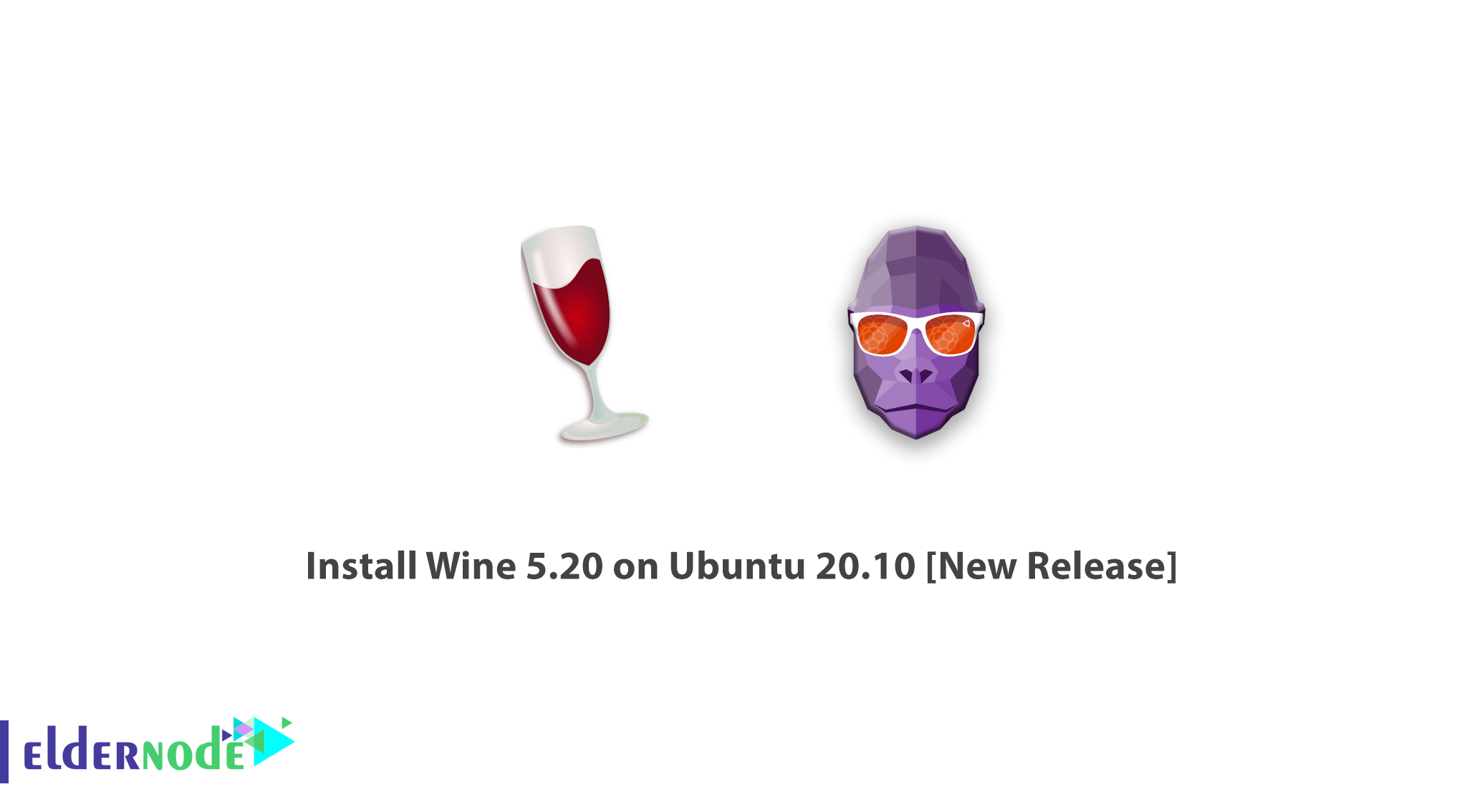


So basically your post does not help me to find how to run windows app on Raspberry. I have never used them but I'm sure the performance sucks enough that I don't want to. There are x86 emulations available that can run x86 Windows programs on the Pi. So, no, Wine does not magically enable x86 Windows programs to run on the ARM based Pi. It does however provide the libraries such programs need when running on Linux machines running on x86. That is to say that it does not emulate the Intel x86 processor architecture that most Windows programs depend on. You can also define custom layouts, color schemes for the foreground and background, and pick fonts.Heater wrote:The first thing you read about Wine is that "Wine Is Not an Emulator". Since you can arrange the terminal emulator into complex configurations, Terminator allows you to easily share them into profiles. The colored rectangle in the left-hand corner of the Terminator status bar opens a menu in which you can define groups of terminals, and everything you type in one of them is broadcast to all the others. For instance, you can break up a Terminator window into multiple levels of vertical or horizontal splits and resize them. The app is known for its wide ranging features and functionalities. The app has quite a lot of settings for enhancing its visual appeal. However, you can make it more presentable without too much effort thanks to its well laid out Preferences dialog box. By default, Terminator looks quite ordinary. There are similar options for other desktops, too check out the likes of YaKuake for KDE or the GTK-based tilda.Īn aesthetically pleasing terminal emulator, Terminator is built atop the Gnome terminal and is designed to ease the workflow of heavy duty command-line multitaskers. Guake also comes with a selection of neat color schemes, giving you a few stylish options. Just tap to bring it down, or to make it full-screen, and you’re away. There’s no need to keep a window open, hunt around for the Terminal icon when you need to type something useful, or check your performance in htop. This behavior is highly useful, particularly when you’re working with a small screen or need a terminal to quickly scroll through a configuration file or read a man file. Instead, it apes the behavior of Quake’s console, un-hiding itself and dropping down from the top of the screen when you hit a hotkey.

Guake doesn’t offer you quad or mega-health power-ups, red armor, or even come branded with Quake’s classic brown-on-brown color scheme, thankfully. This Terminal emulator, crafted specifically for Gnome, takes inspiration from the classic shooter Quake, as its name suggests.
WINE EMULATOR DEBIAN ANDROID
Meanwhile, Android fans might find the best Android emulators useful. Let’s refresh your view of those plain old white-on-black characters, as we pick out our top Linux Terminal emulators.Īt Techradar we also feature the most popular Raspberry Pi distros, the best Linux distros for privacy fiends and security buffs, the most popular Linux gaming distros and the most popular lightweight Linux distros. Of course, your Linux distro will have a ‘Terminal’ application already such as xterm, Gnome Shell or Konsole – but this probably isn’t as good as your emulator could be. And while you’ll likely never be in a position where you’re not able to drop to a straight full-screen shell, having a quick window to the command line on your desktop is always handy. The key, if you’re a terminal-slinging Linux badass, is to make sure you type those commands with as much style and panache as possible. Exactly what to type is beyond the scope of this article – check out the guide here to get yourself started on that front. If you need something done quickly and efficiently, it’s likely that the best way to do it is with some complex keyboard wrangling.


 0 kommentar(er)
0 kommentar(er)
